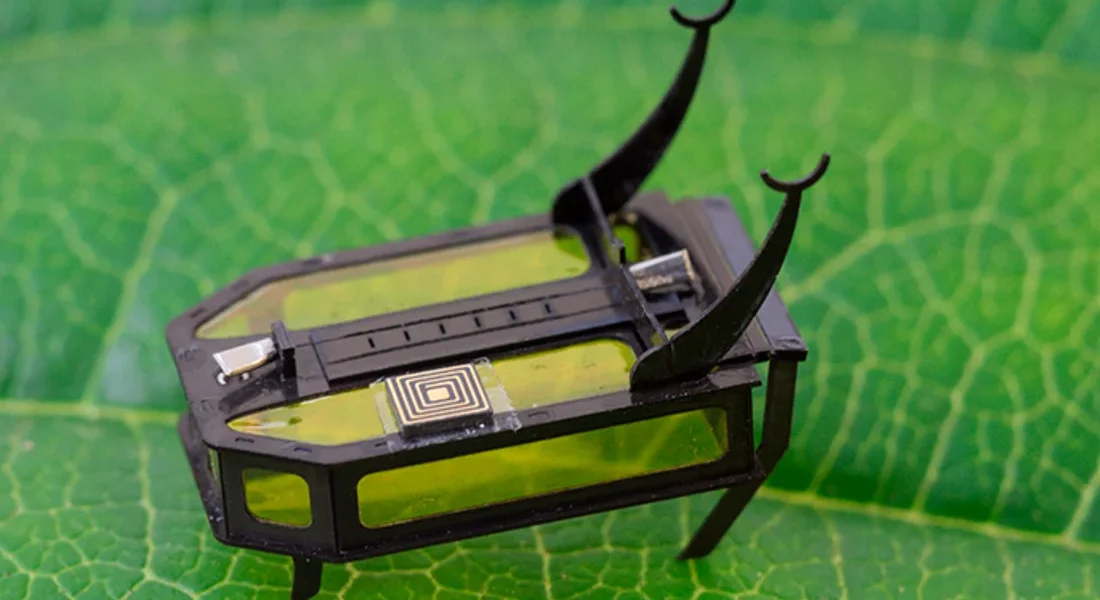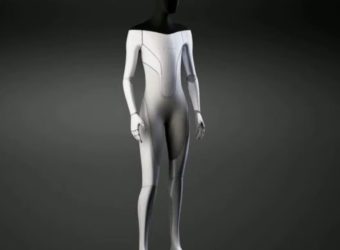Robots are often powered by plug sockets and batteries. But it’s not the case with RoBeetle – the world’s smallest crawling robot. This Guinness world record winning insect-sized microbot runs on methanol (alcohol that’s usually found in antifreeze and solvents).
Researchers at the Washington State University School of Mechanical and Materials Engineering, led by assistant professor Néstor O. Pérez-Arancibia, developed this tiny robot that powers itself by catalytic combustion. Nickel-titanium alloy wires were used as a catalyst to speed up the burning of menthol vapors.
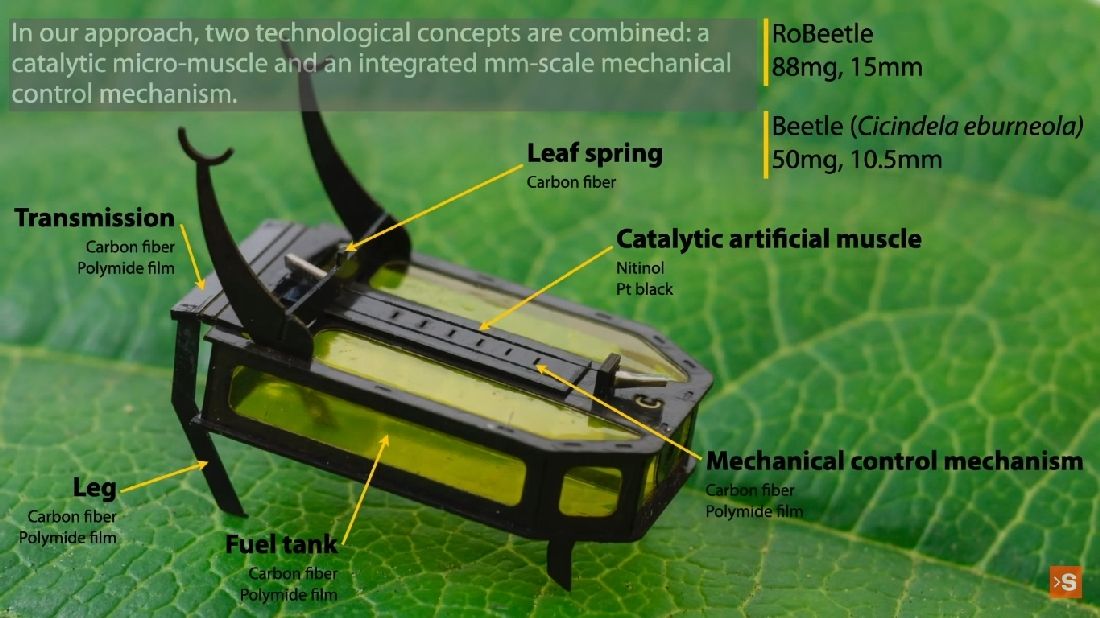
In comparison to batteries, Methanol is able to produce more energy per unit volume (it is about 5x more energy-dense than conventional Li-ion batteries), especially if it is used on a small scale. This means that the menthol-powered microbot will not need to be powered by an external source like electromagnetic fields or wires in order to function. Moreover, it can move around in a better way than its battery-powered counterparts while sustaining its minuscule size.
RoBeetle bot crawls like a real beetle
The Robeetle microbot features four legs — the front legs are connected to a transmission and the rear ones are fixed. The transmission is attached to a leaf that is spring-tensioned to pull the leg backward. Hence, the tiny robot can stand upright in a still position.
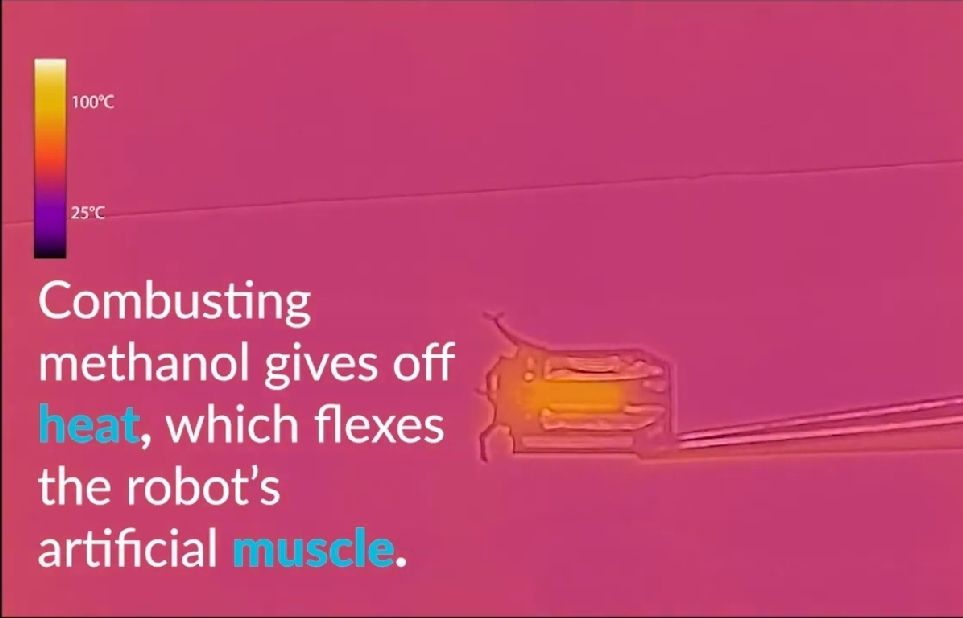
How does the RoBeetle robot work?
In the latest study, researchers have created micro artificial insect muscles that relax and contract like the real ones. The entire system includes nickel-titanium alloy wires coated in a platinum powder that further speeds up the burning of methanol vapor. Due to this action, heat is produced and causes the wires in the legs of the robot to shorten. Once it cools off, the legs re-extend to drive the RoBeetle robot’s smooth movement.
Similar post: Phantom Robotic Chessboard Lets Online Player Move The Pieces
Future of microbots like RoBeetle
The RoBeetle robot weighs just 88 milligrams and can carry additional fuel of 95 milligrams. The fuel stored in its tank powers the microbot for up to two hours. It is also capable to climb up slopes and also navigate surfaces with different kinds of textures, including foam sleeping pads, glass, and concrete sidewalks.
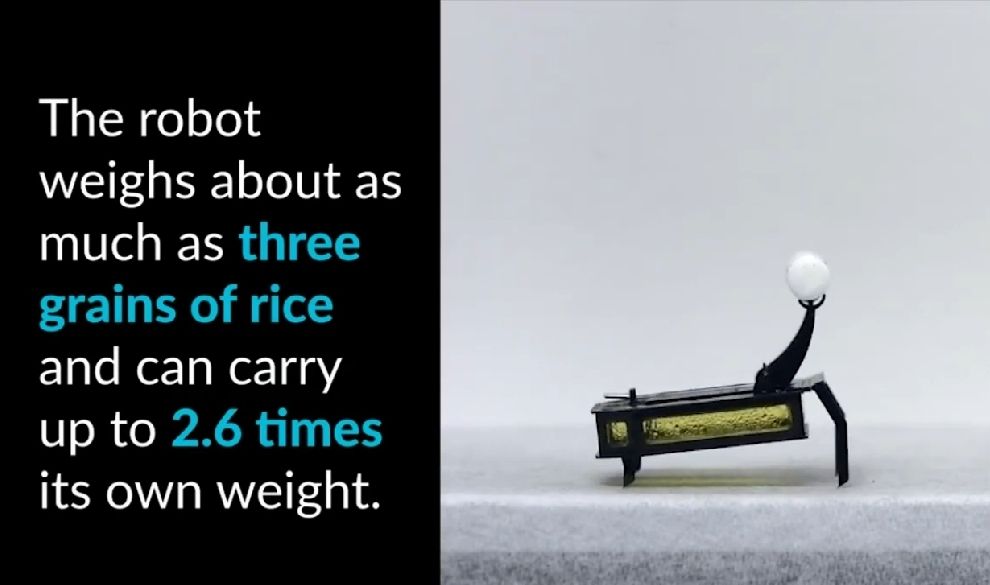
However, scientists have to figure out a way to refuel this tiny robot for constant power for longer periods. If they make a program for the RoBeetle to communicate with other human operators, methanol-powered microbots may act as artificial pollinators or assistants in complex surgeries.
